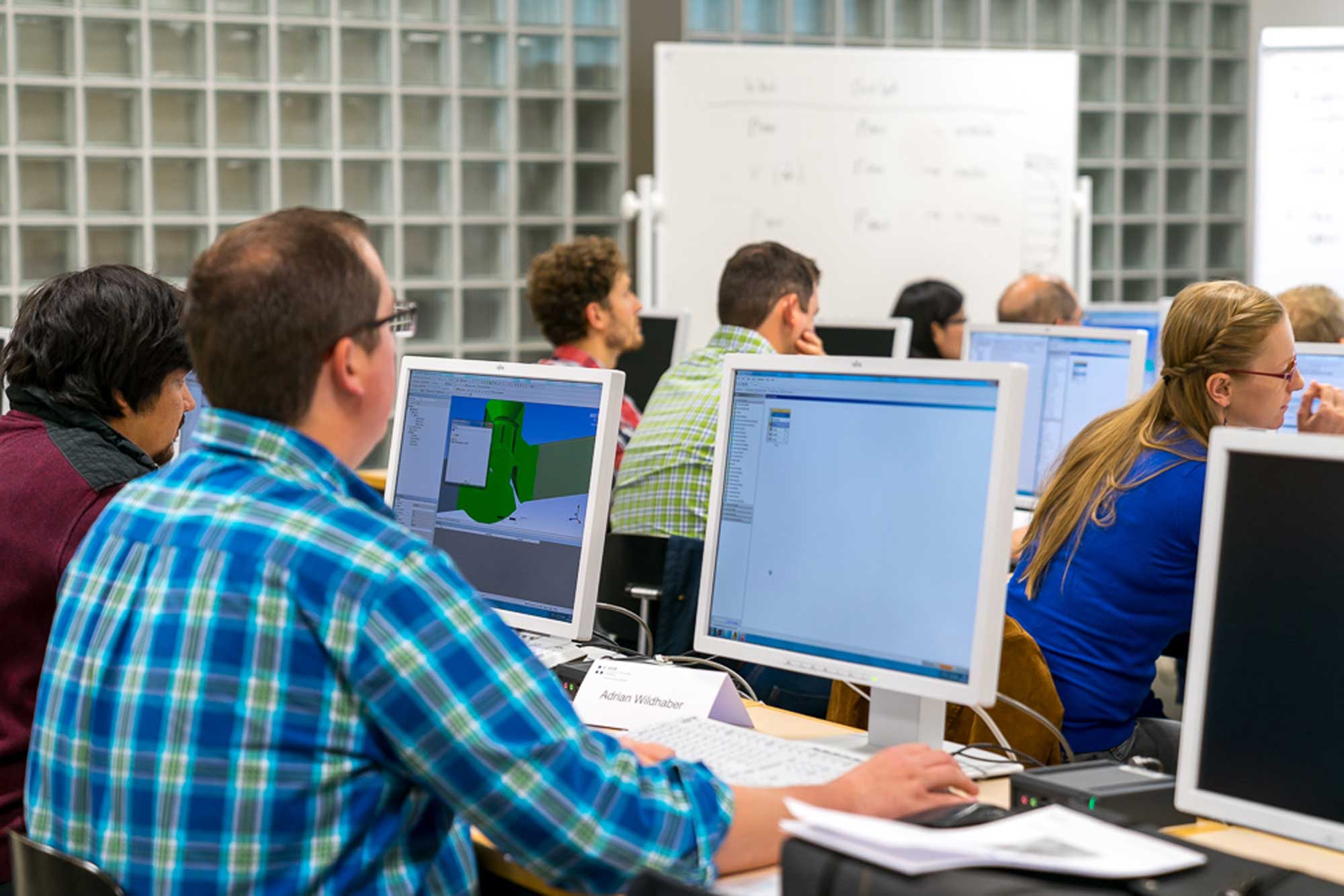CAS Computational Fluid Dynamics
Do you want to gain a competitive advantage by optimising your products and processes? Are complex experimental studies too time-consuming and cost-intensive for you? By optimising flow characteristics through Computational Fluid Dynamics (CFD), the design and functionality of your products and processes can be improved quickly and cost-efficiently.
Details
New Start
20th February 2025
Application deadline
20th January 2025
Duration
6 months
Attendance
18 full days in blocks of 2 to 3 days (usually Thu, Fri, Sat)
Target group
Anyone from industry or research working with Computational Fluid Dynamics in their current or future position
Benefit
Benefit from the profound theoretical knowledge and considerable practical experience of your experts, who support you with your 'CFD in practice' project. This guarantees transfer of your knowledge from theory into practice an enables you and your company to benefit optimally from the executive education.
Language
German or English (depending on participants), all documents in English
Costs
CHF 10800 (excl. travel, hotel and subsistence expenses)
The modules can also be booked separately. One module costs CHF 5400, two modules cost CHF 8600.
Admission requirements
University degree in Engineering or Science and at least one year of professional experience after the completion of your first degree
Please contact Course the Leader (Admisstion «sur Dossier»).
Previous knowledge
Prior knowledge recommended.
The CAS builds on the knowledge in mathematics, thermo- and fluiddynamics from undergraduate studies. Experience in the use of simulation software is recommended. For beginners we offer a half-day workshop as an introduction to ANSYS FLUENT. This is an extra course and is not included in the CAS CFD fee.
Costs: CHF 440
Minimum number of attendees.
Credits
15 ECTS credits
Focus
Application of a CFD simulation to a real problem at your company (CFD in Practice), the physics of flows (Fluid Dynamics and Heat Transfer), the mathematical basis for simulations (Mathematics and Computational Methods)
Place
University of Applied Sciences Eastern Switzerland (OST - Ostschweizer Fachhochschule), next to the train station Rapperswil, Switzerland
Contact person for specific questions
Dr. Roman Fuchs
IET Institut für Energietechnik Wissenschaftlicher Mitarbeiter, Dozent
+41 58 257 43 40 roman.fuchs@ost.ch







